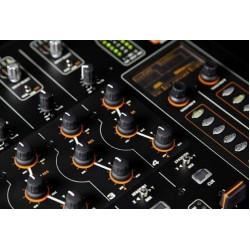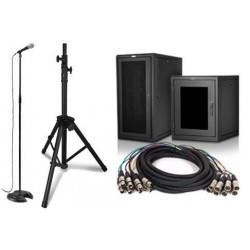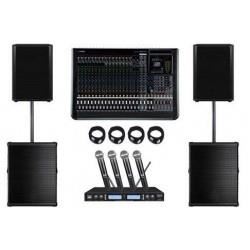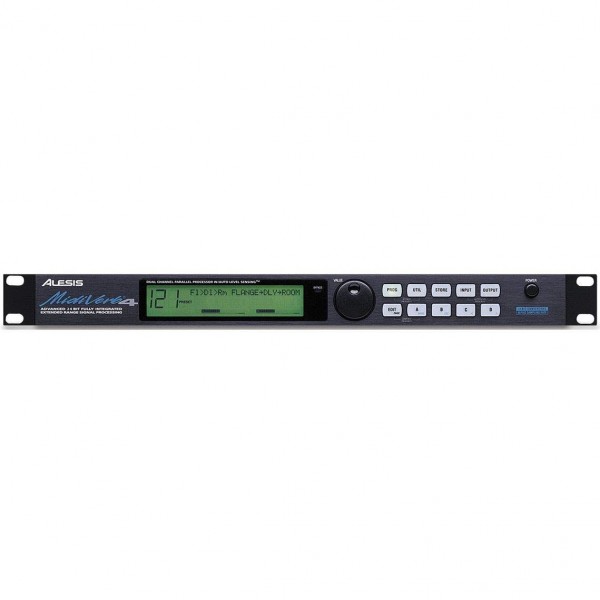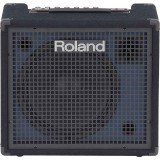Alesis Midiverb4
Alesis MidiVerb4 Multi-effects Processor
Alesis Midiverb 4
was a big hit with cost-conscious studio musicians when it was first
launched back in the mid '80s. Now PAUL WHITE assesses whether the
Midiverb 4 is still first among sequels.With so much of
Alesis' R&D effort going into ADAT, it looked as though my original
Quadraverb was going to be old enough to vote before it was replaced --
then the Quadraverb 2 came along. But it was immediately evident that
something simpler must follow to address the more cost-sensitive end of
the market, and that's exactly what's happened with the Midiverb 4.
It
isn't as easy to get excited about effects units as it was a decade or
so ago, but the Midiverb 4 has an immediacy and quality about it that
makes you want to sit and play with it -- which is exactly what I did.
On the whole, I liked what I heard.
You can see from the
styling of the 1U package that it is logically set out and benefits from
a large display window which, although not as fancy as that of the
Quadraverb 2, handles the necessary patch and edit information very
clearly. Power comes from the ubiquitous external PSU, and the audio
connections are on unbalanced jacks at a nominal -10dBV level, but with
sufficient headroom and range to handle a maximum level of +10dBV. The
two inputs and two outputs can be deployed in a number of ways depending
on the effects configuration selected: the usual mono-in, stereo-out
way of working is obviously supported, but you can also work stereo-in,
stereo-out or use the two channels to create independent mono effects.
Other subtle series and parallel effects connections are possible with
up to three different effects per patch, though the majority of options
provide just one or two effects at a time.
Technically, the
Midiverb 4 is quite sophisticated, employing oversampling, 18-bit
converters and internal 24-bit processing to yield a dynamic range in
excess of 90dB over a 20Hz to 20kHz frequency range -- a far cry from
the original 12-bit Midiverb with its 10kHz bandwidth. The internal
patch memory provides 127 (plus bypass) presets and 128 user memory
locations, which may be called up directly from the front panel using
the Value knob or via MIDI. Patches may also be incremented using an
optional footswitch.
In order to provide access to both user
and preset patches over MIDI, the familiar assignment table facility is
provided, where you can map any 128 of the internal patches (both user
and preset) to MIDI Program Change numbers. You can also control up to
two effects parameters in real time over MIDI, the actual parameters
depending on the Configuration (algorithm) used.
Auto Sensing
It
seems as though Alesis have gone out of their way to make the Midiverb 4
as easy to use as possible; one notable example of this is Auto Level
Sensing. I've been pushing this concept for over five years now, but
this is the first time I've actually seen it put into practice. Instead
of setting up the input level manually, you just put the system into
Learn mode (in this case by pressing the Input and Output buttons at the
same time), and then feed the input with the signal you wish to
process. The unit 'listens' to the input for around five seconds (or
longer if you use a footswitch), notes the peak level and then sets the
gain structure for you automatically. Of course you can still take the
craftsman approach and do it manually, and in this case, there are
separate VU meters built into the display for the left and right inputs.
There are no physical input and output level knobs -- it's all done in
software -- but because the editing system is so simple (just hit the
Input button and twiddle), this presents no problem at all.



